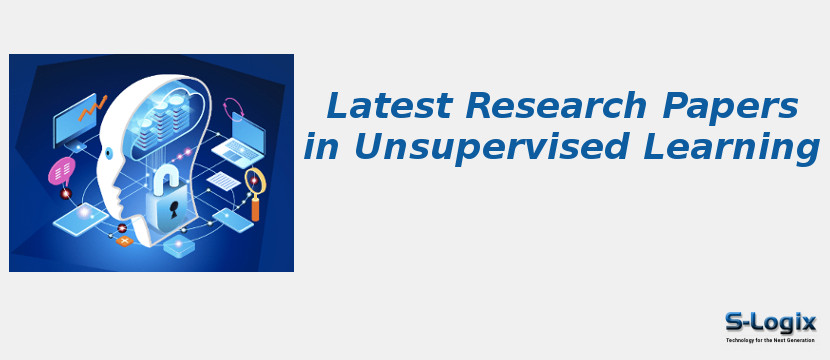Unsupervised learning has been a central research direction in machine learning, focusing on discovering hidden patterns, structures, and representations from unlabeled data without explicit supervision. Foundational works explore clustering algorithms such as k-means, hierarchical clustering, and Gaussian mixture models, while dimensionality reduction methods like principal component analysis (PCA), independent component analysis (ICA), and self-organizing maps (SOMs) have been widely studied for feature extraction and visualization. With the rise of deep learning, research has advanced toward unsupervised representation learning through autoencoders, variational autoencoders (VAEs), generative adversarial networks (GANs), contrastive learning, and self-supervised learning, which enable models to learn meaningful embeddings useful for downstream tasks. Applications of unsupervised learning span across domains including anomaly detection, natural language processing, image and video analysis, bioinformatics, recommendation systems, and cybersecurity. Recent papers highlight the scalability of unsupervised methods for large datasets, their role in reducing reliance on labeled data, and their integration with reinforcement and semi-supervised learning, establishing them as a key component in next-generation artificial intelligence systems.
